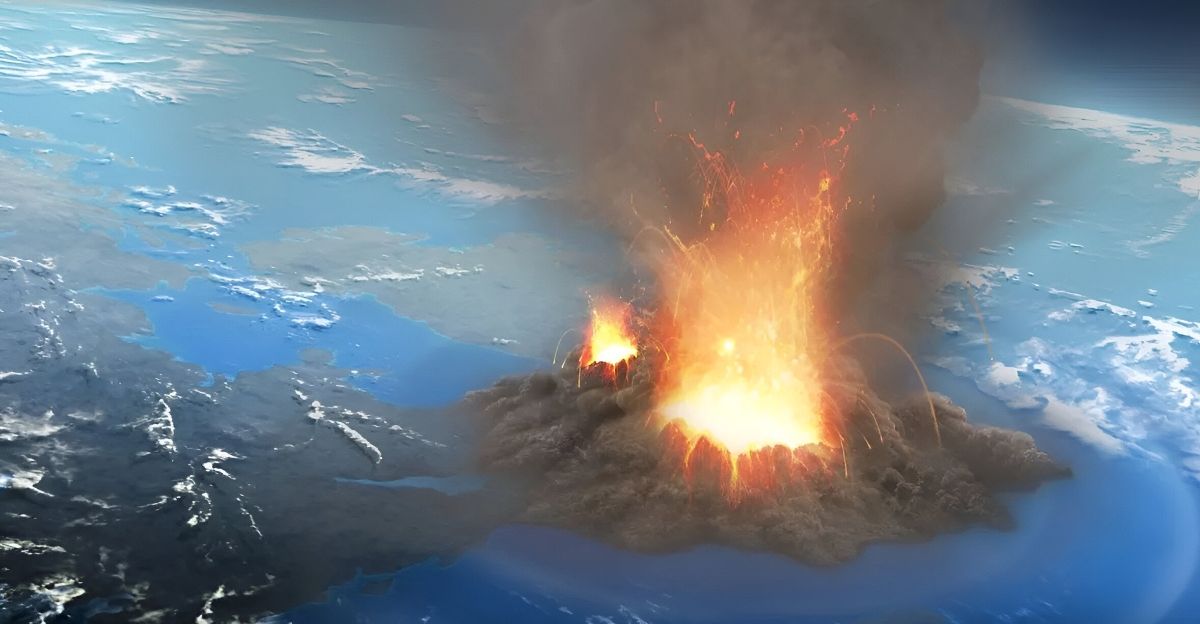
Imagine waking up one day to the news that Yellowstone has erupted. Like a full-on, end-of-the-world, sky-turning-black kind of eruption. Beneath this national park is a supervolcano, and if it ever goes off, the consequences are too scary to imagine. Here’s what that would mean for you, me, and literally everyone else on Earth.
What Makes Yellowstone’s Supervolcano So Dangerous?
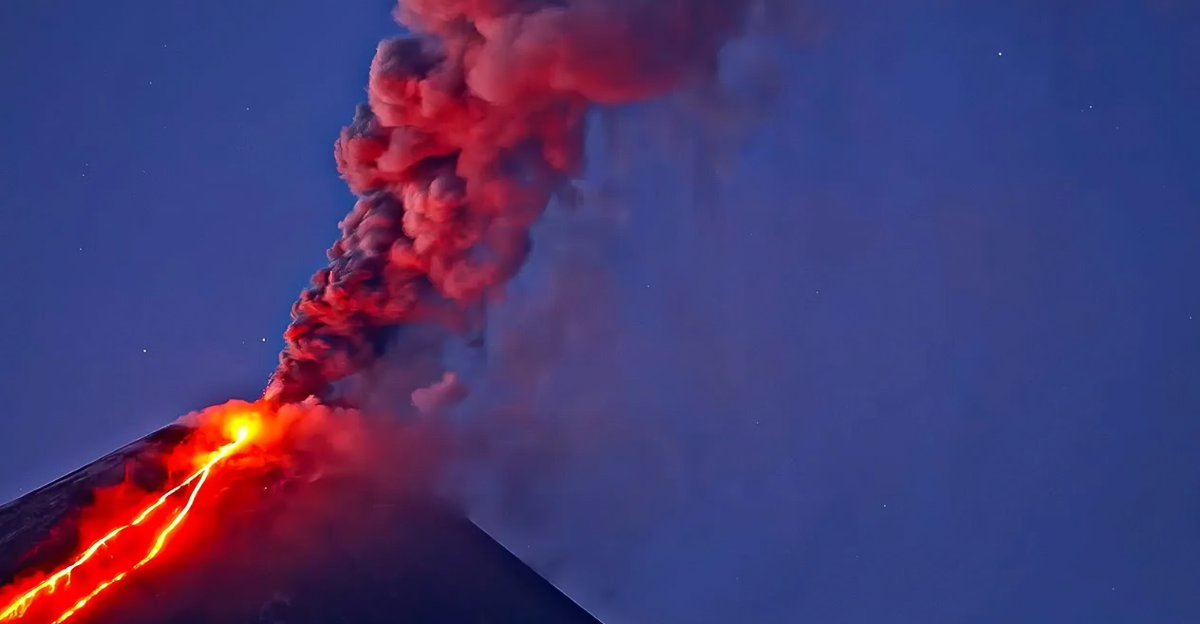
A regular volcano is like a shaken-up soda can popping its top. A supervolcano? That’s dropping a nuclear bomb into a pressure cooker. Yellowstone’s underground magma chamber is huge, stretching for miles. If it erupts, it wouldn’t just spit out some lava—it would blow a chunk of the planet’s surface into the sky.
The Blast Zone? Completely Obliterated
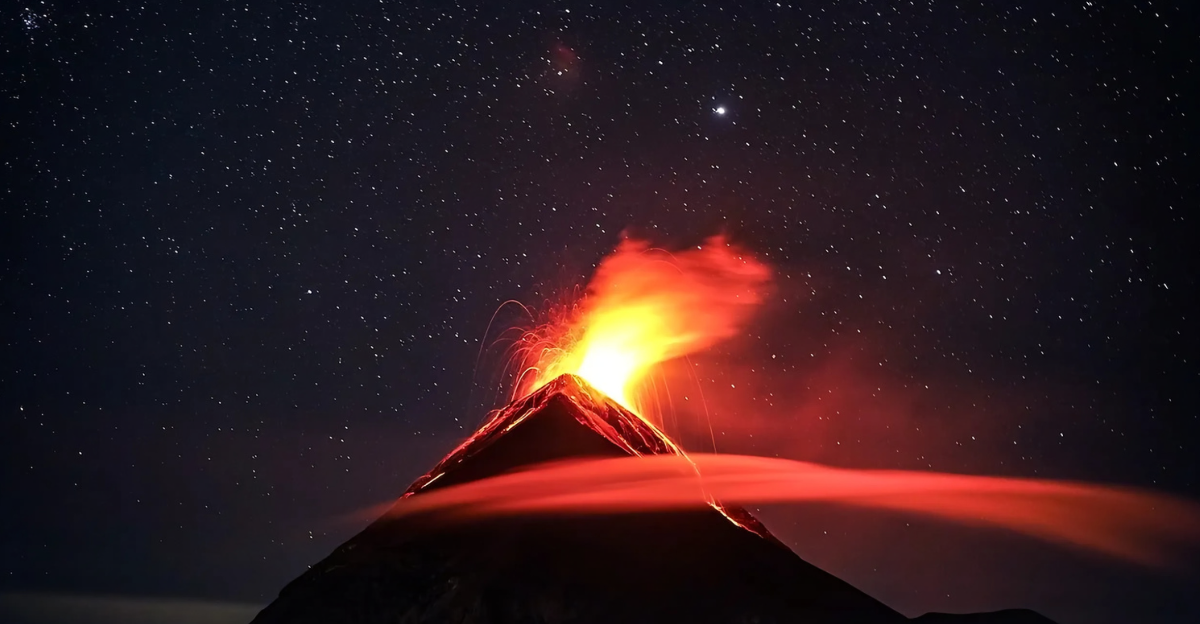
Let’s start with the immediate blast zone—everything within 60 miles? Gone. Trees, buildings, unlucky wildlife? Vaporized. If you happen to be chilling in Yellowstone that day…well, let’s just say you won’t have to worry about Monday morning traffic anymore.
The U.S. Would Be Covered in Volcanic Ash

Think a little dusting of ash is no big deal? Well, Yellowstone wouldn’t just dust the furniture—it would bury entire states. Cities like Denver, Salt Lake City, and even Chicago could get several inches of volcanic ash, clogging engines, collapsing roofs, and making it impossible to breathe. Not to mention, good luck getting a flight anywhere. Air travel? Shut down indefinitely.
Global Temperatures Would Drop Like a Rock
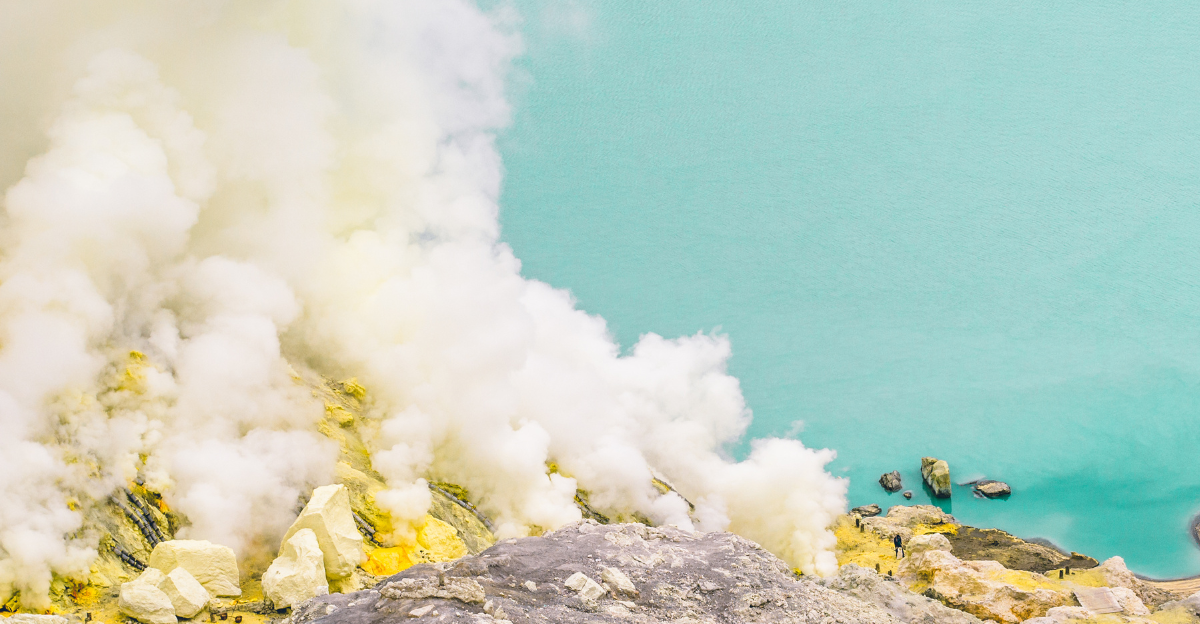
Supervolcanoes don’t just explode—they throw massive amounts of sulfur dioxide into the atmosphere, blocking out the sun. The last time this happened, it triggered a global volcanic winter. Crops failed, temperatures plummeted, and some scientists think it nearly wiped out early humans.
Say Goodbye to Your Grocery Store Favorites
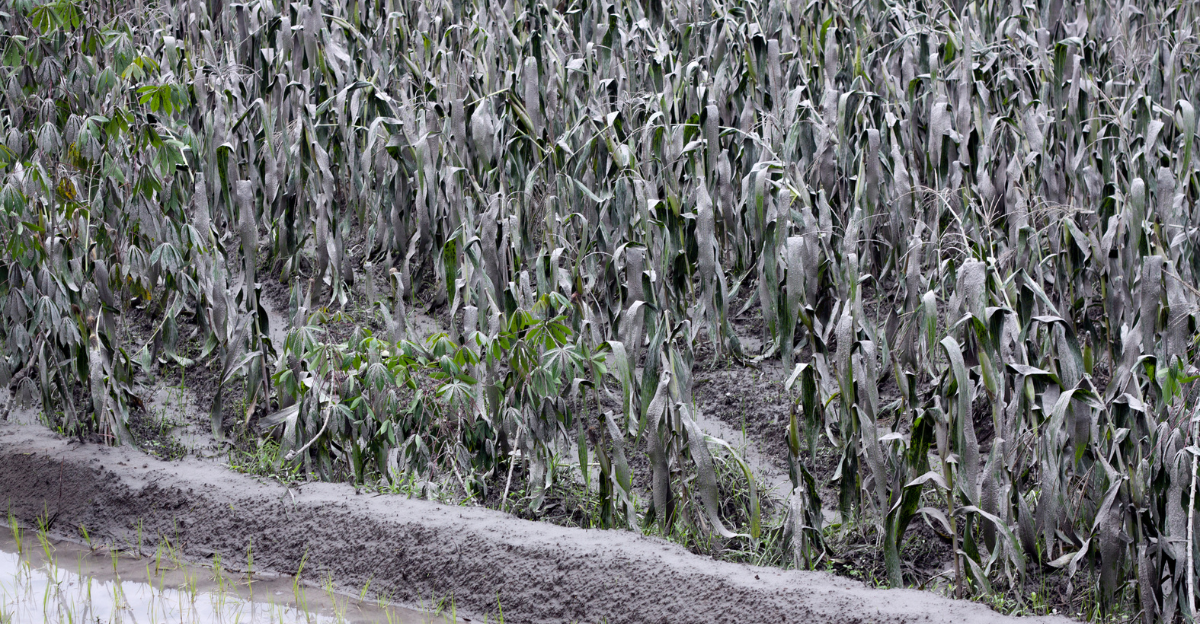
Hope you like canned beans, because after Yellowstone erupts, it would be a wrap for farms across North America. No sunlight = no crops. No crops = no food. Even places as far away as Europe and Asia would struggle to grow anything. Expect sky-high food prices, mass shortages, and straight-up famine in some areas.
The Air Would Be Toxic
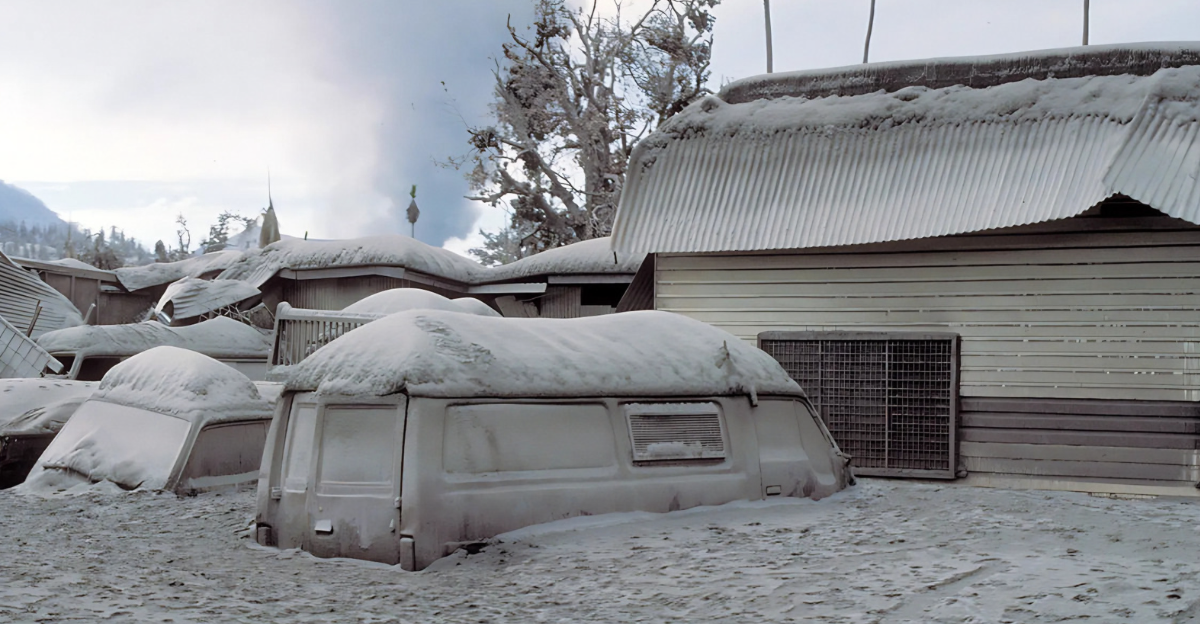
Forget about stepping outside for fresh air. Volcanic ash isn’t just annoying dust—it’s tiny shards of glass and rock. Inhaling would not Bad idea. It can scar your lungs and cause breathing problems so severe it could be lethal. Think smoking 1,000 cigarettes at once, except they’re made of razor blades.
Mass Extinctions Would Probably Happen Again

Yellowstone would wreak complete havoc on the animal kingdom. Plants? Dead. Animals that eat plants? Also dead. Predators? Well, they’re in trouble, too. The last major supervolcanic eruption led to a sharp decline in global species—so a Yellowstone blast could push some creatures into full extinction.
What About The U.S. Economy?
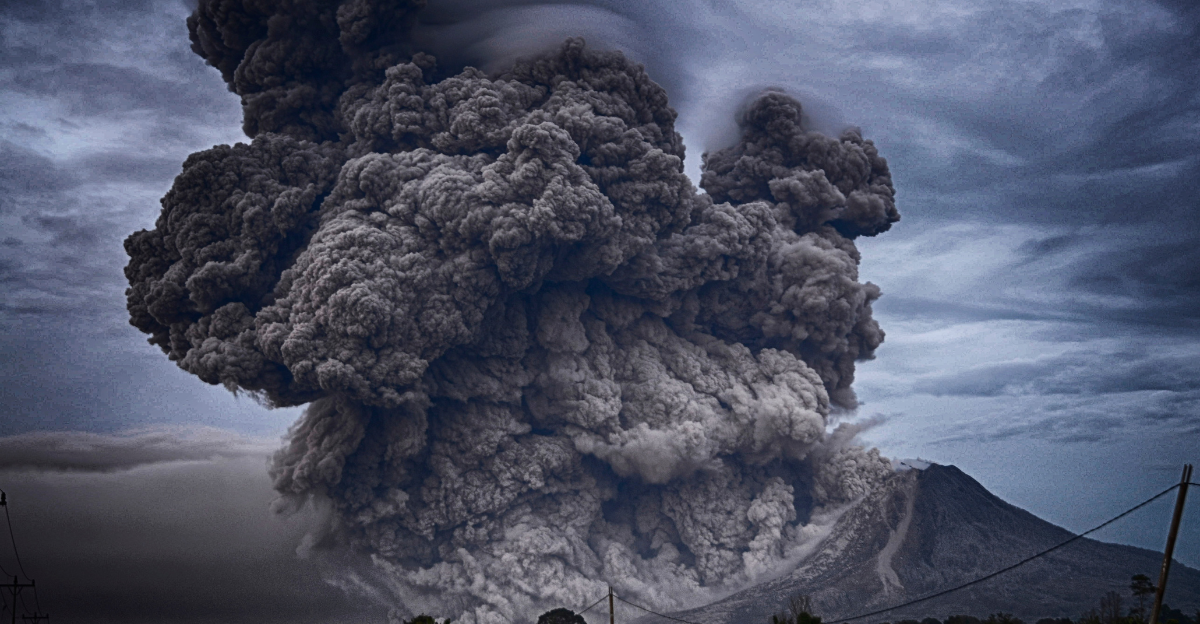
It wouldn’t just be nature taking a hit—the economy would tank so hard, it might never recover. Infrastructure would be buried under ash, trade routes would collapse, and entire industries (farming, travel, retail, basically everything) would grind to a halt. Money wouldn’t matter much when we’re all fighting over the last can of tuna.
Could This Set Off Other Disasters?
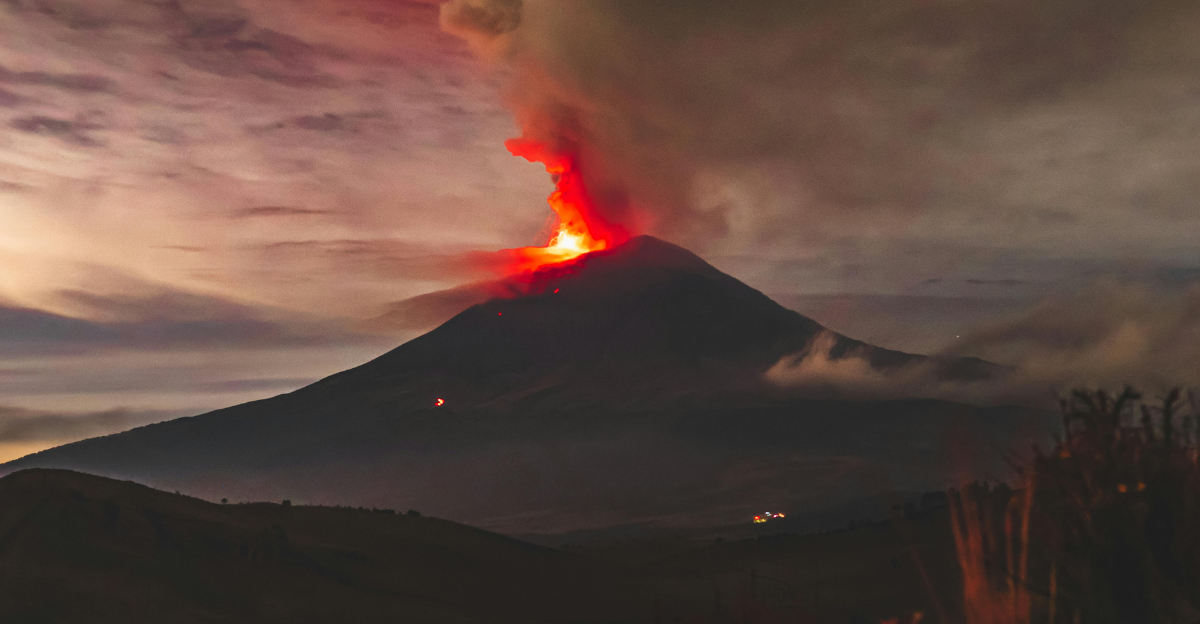
Volcanoes and earthquakes are birds of a feather, so a Yellowstone eruption could also trigger massive earthquakes across the country. And if we’re really unlucky? It could even destabilize other volcanoes. Worst-case scenario: a domino effect of eruptions worldwide. At that point, we might as well just pack it up.
So…Is Yellowstone About to Blow?
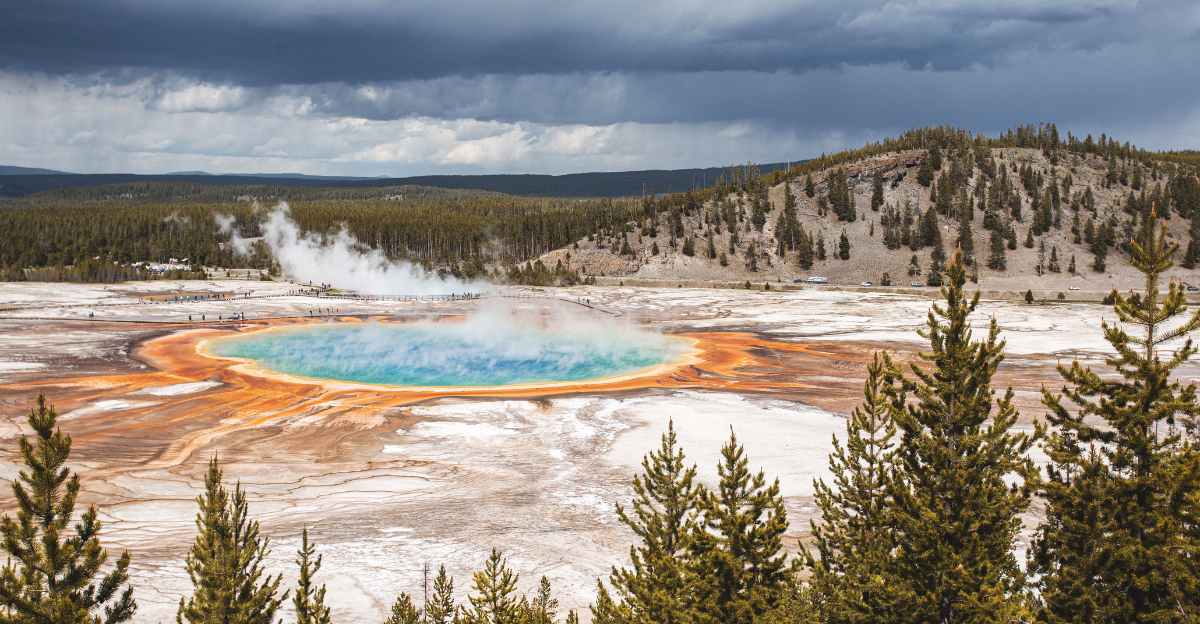
Good news! Scientists say probably not. Yellowstone erupts roughly every 600,000–800,000 years, and while we’re technically “due” for one, there are no signs it’s going to happen anytime soon. The ground rises and falls all the time, but that’s normal. If it were truly gearing up to explode, scientists would notice big warning signs—earthquakes, gas emissions, and the ground swelling dramatically.
What Are Scientists Doing to Monitor It?
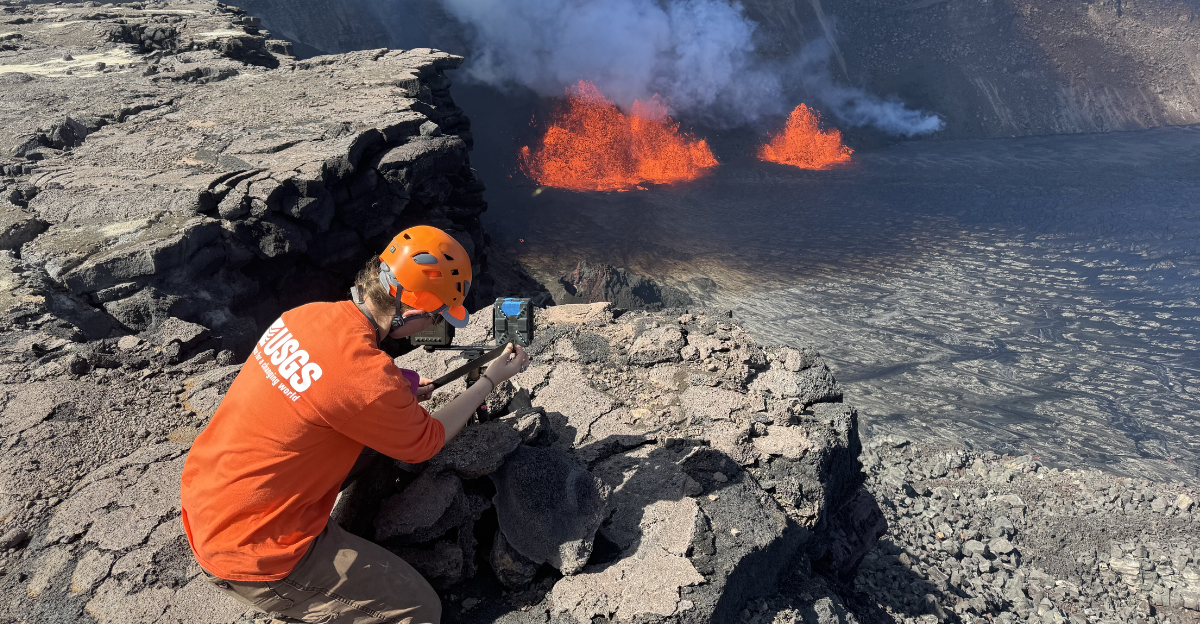
Yellowstone is one of the most closely watched volcanoes in the world. The U.S. Geological Survey (USGS) has a whole team monitoring earthquakes, ground shifts, and gas leaks. If anything starts looking sketchy, they’ll know. For now, though, we’re good.
Could We Prevent an Eruption?
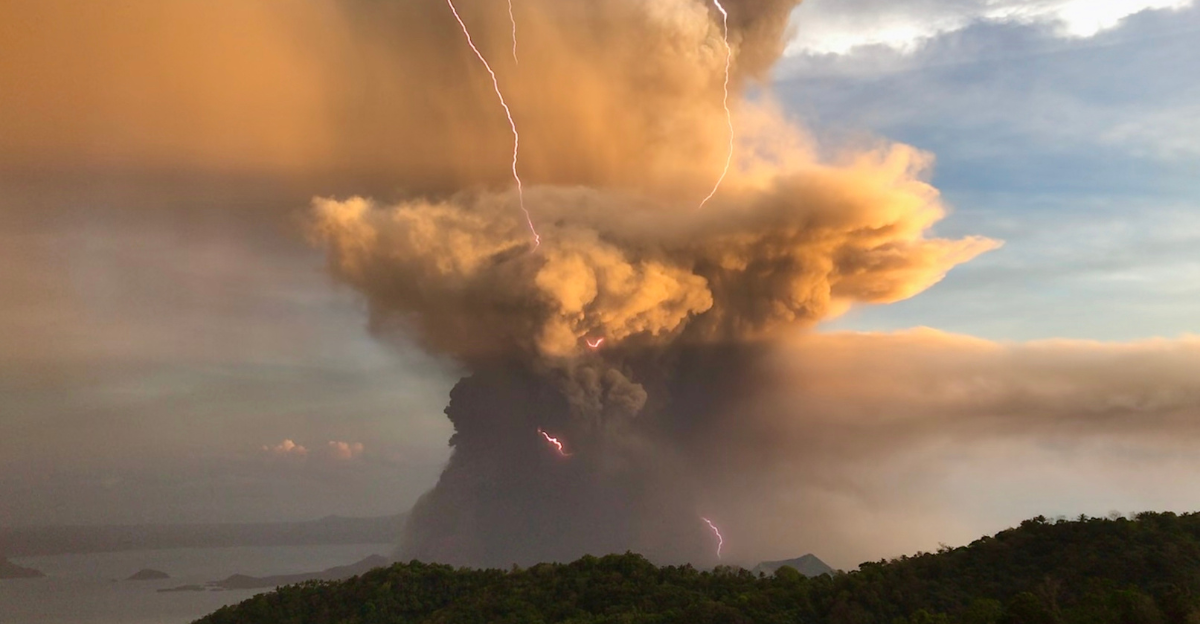
Some scientists have floated wild ideas to prevent a supereruption—like drilling into the magma chamber to release pressure or using geothermal energy to cool it down. But let’s be real—poking a supervolcano with a giant drill sounds like the worst idea ever. Our best is early warning systems and preparation.
Should You Freak Out? Probably Not, But…

Yellowstone isn’t going to explode tomorrow, so you can breathe easy. But if it ever does? The world would never be the same. Massive climate shifts, food shortages, economic collapse—it’s the kind of disaster you don’t come back from quickly. For now, scientists are keeping a close eye on it.
Explore more of our trending stories and hit Follow to keep them coming to your feed!

Don’t miss out on more stories like this! Hit the Follow button at the top of this article to stay updated with the latest news. Share your thoughts in the comments—we’d love to hear from you!







